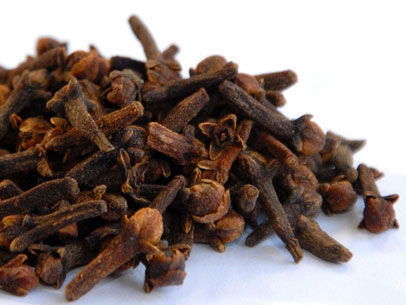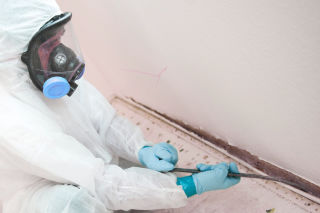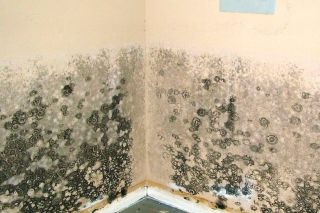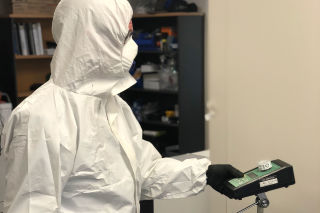Using Oil of Clove in Mould Removal
Whether or not you can use oil of clove to remove the mould in your property is irrelevant. I always profess the best way to remove mould is by removing the source of the mould and remediating the mould to IICRC standards which I cover in my stop mould from growing back article.

In this article we will look at why oil of clove is not recommended and why removing the mould food source is critical to the proper removal of mould. We will also talk about an alternative mould cleaning solution and briefly look at steps to remove mould according to standard.
An old Wives Tail?
Oil of clove is used by the plant as a defence against fungal attacks. This may have lead to the misconception that oil of clove can be used successfully to remove mould from water damaged buildings. However, by simply applying oil of clove to a mould affected area, you are not addressing the source of the mould problem. If you don’t address the source of the problem, you then create an environment where the mould can grow back which is not really an ideal situation.
DOES OIL OF CLOVE ACTUALLY WORK?
Look no further than the IICRC (Institute of Inspection Cleaning and Restoration Certification) S520 standards where it says in section 5.8.1:
“Source removal of mould contamination should always be the primary means of remediation. Indiscriminate use of antimicrobial, coatings, sealants and cleaning chemicals is not recommended”
Lets remember that oil of clove is an antimicrobial and contains Eugenol which can cause adverse side effects in high concentrations.
Even if you did kill the mould with oil of clove, the remaining dead mould can still contain dangerous mycotoxins which are responsible for many adverse health effects.
This is why we must concentrate on the source of the mould
I like to think that by simply applying a biocide (oil of clove) to the mould you are just treating the symptoms. Therefore we must remove the source to remove the mould problem completely. So instead of thinking what chemical should we use to remove the mould – we should be thinking, how do we remove the source?
How to remove the source of the Mould
The source of the mould can most likely be contributed to a moisture problem. Different moisture problems have different solutions such as:
- Adequate ventilation
- HVAC system remediation and maintenance
- Fixing of drainage issues
- Drying of water damaged area
Once the moisture problem is addressed, you can then remediate according to IICRC s520 standards. This may include:
- Removal of Non recoverable building materials and contents
- Cleaning of non porous contents
- Negative air and containment to prevent cross contamination
- Use of air movers and dehumidifiers to dry water damage
How to actually remove the mould
If you feel confident to treat the mould yourself. You should use PPE (Personal protective equipment) including at least the following:
- Gloves
- Face Mask (at least P3 rated)
Before cleaning surfaces with mould, it should be HEPA Vacuumed first according to the (Australian Mould Guideline 2010). Failure to do this step could cause cross contamination of mould spores throughout cleaning process. Please refer to the video we did below which explains this.
As a mould cleaning solutions we use 70% vinegar diluted with 30% water. Basically the mould is treated with the vinegar with the microfibre cloth. The cloth should then be washed out frequently while moving between cleaned areas. I have put the video which we made a few years ago explaining this:
Conclusion
Finding and removing the source of the mould should be the primary focus. After this is done, a scope and plan can be made to remediate the mould to IICRC S520 standards. Bear in mind according to standard, the use of oil of clove is not recommended for mould remediation. There are plenty of other mould cleaning solutions which can be used as discussed in the videos and information above.
More information
Australian Mould Guidelines 2010
IICRC S520 Mould Remediation Standards



